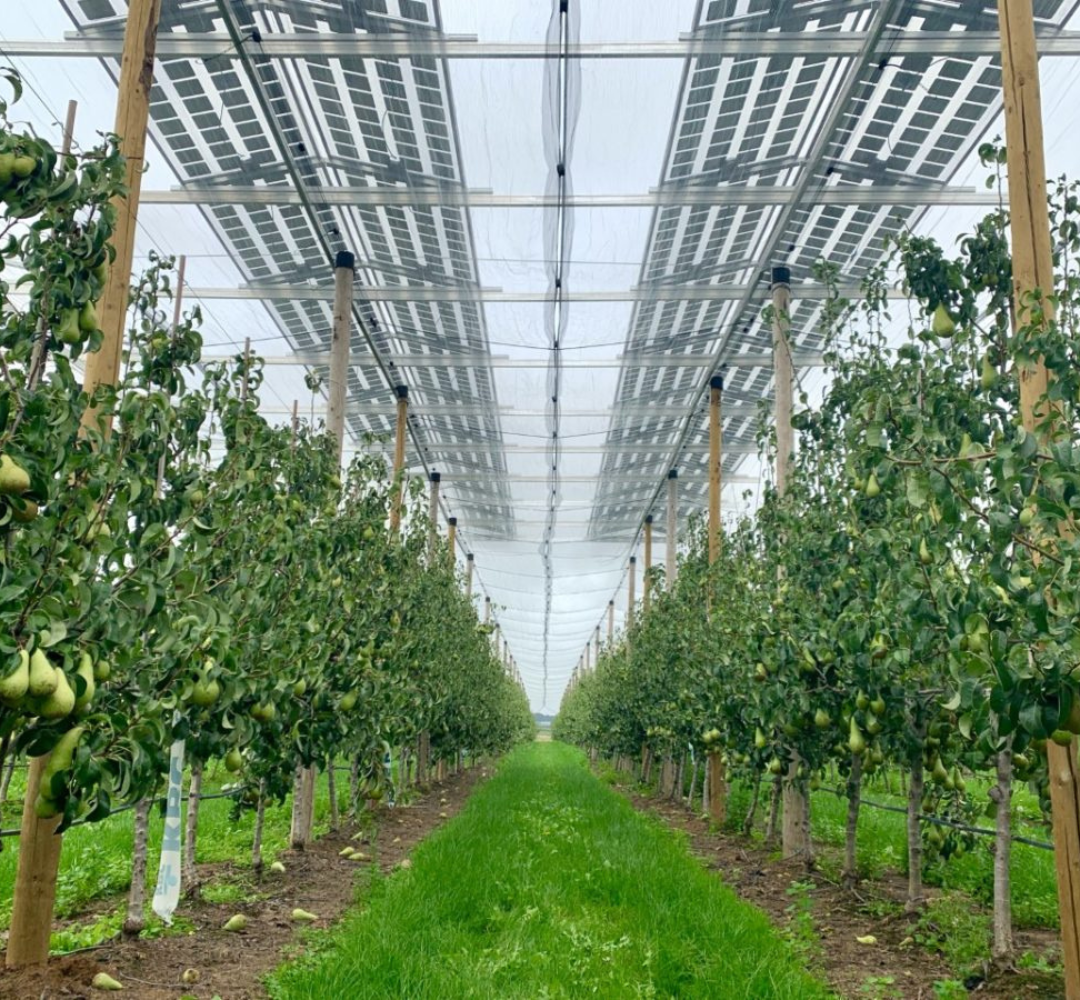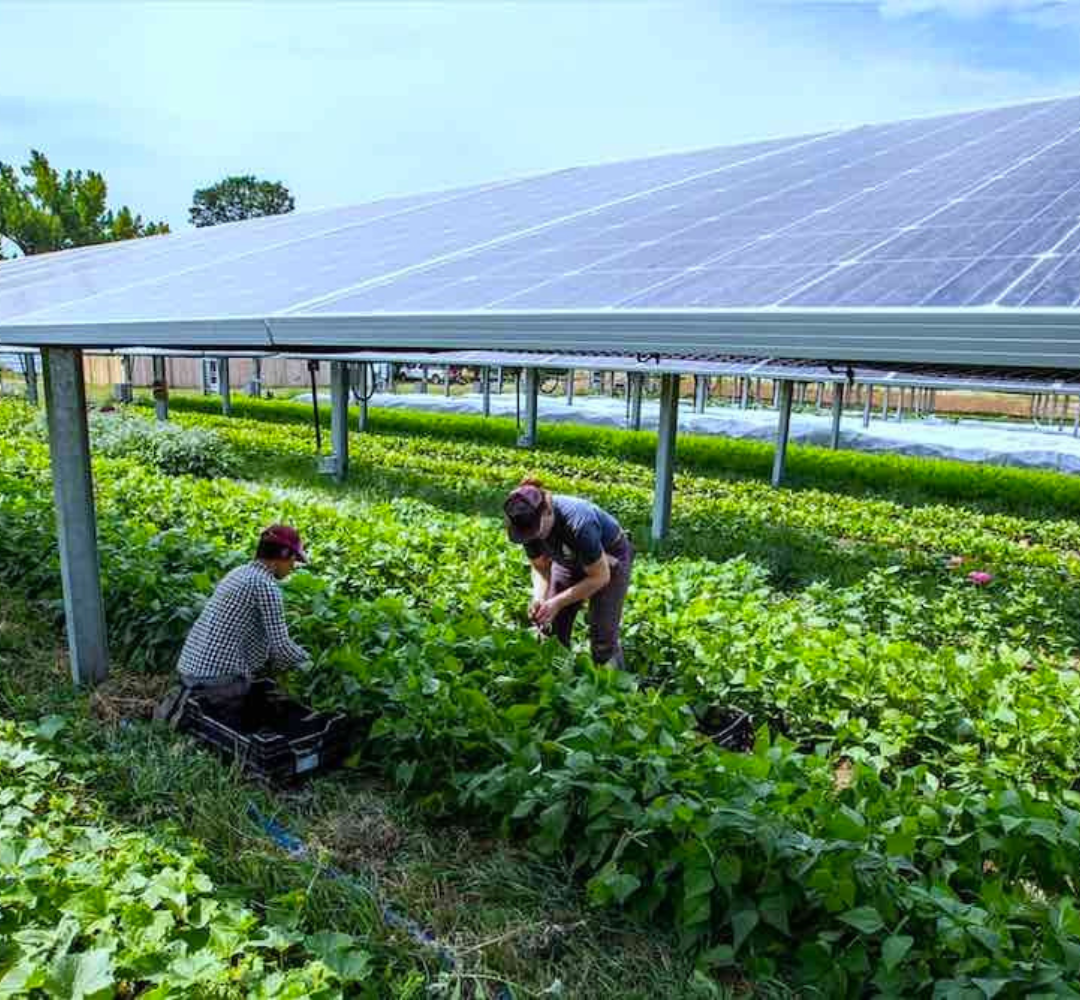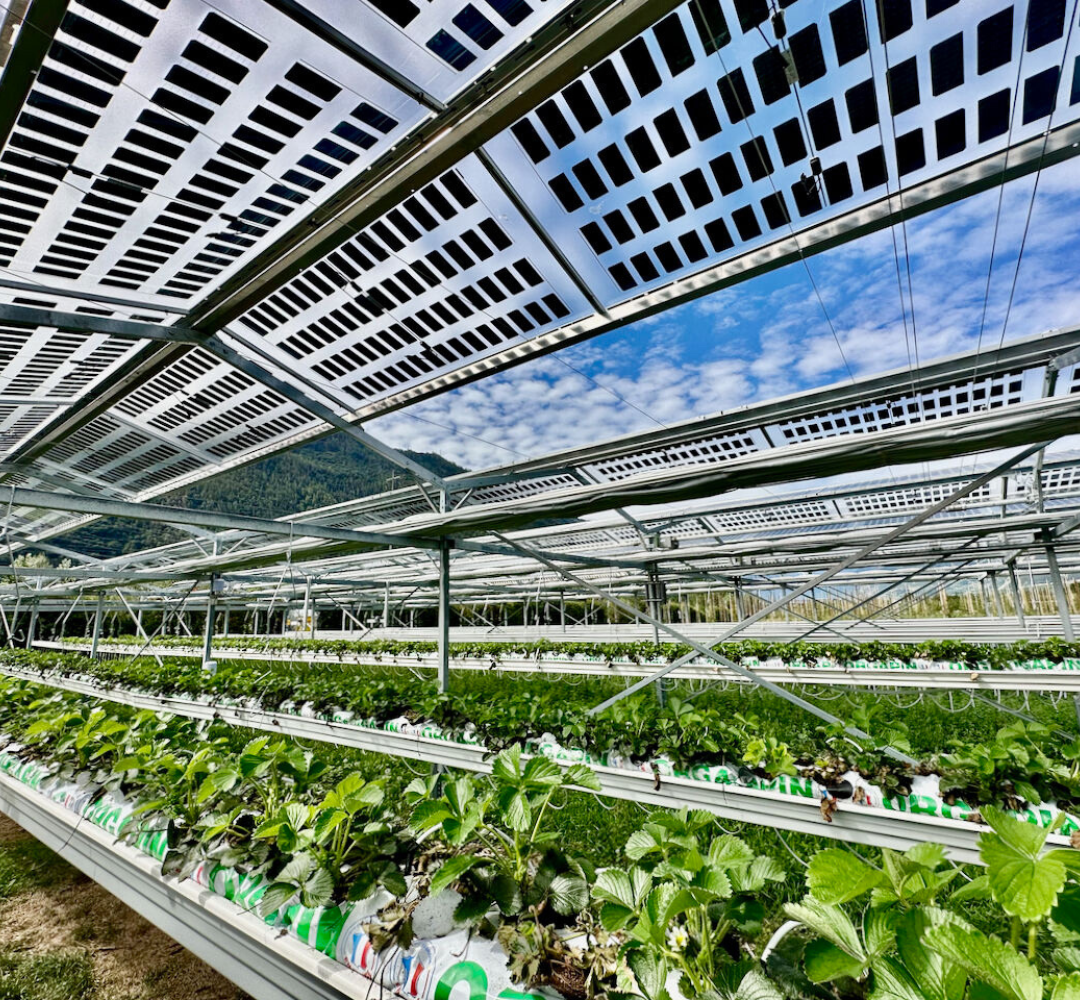Solar Energy Plus Farming:A Beneficial Option for Farmers?
Could combining solar panels and agricultural production be a viable solution to the growing demand for food production and energy?

Development Status of Agrivoltaics
Nowadays, the concept of agrivoltaics has been widely applied globally, including in parts of Europe, the United States, and Asia.
Countries in Southeast Asia such as Indonesia and the Philippines have the potential to benefit from the development of agrivoltaic projects. These regions have abundant sunshine and vast agricultural landscapes, which can be leveraged to generate solar power while maintaining agricultural production. However, the deployment of large-scale agrivoltaic projects in these regions remains very limited so far. Facing continuous population growth and increasingly urgent emission reduction demands, these regions urgently need to balance the utilization of land resources to achieve the dual goals of clean energy and agricultural production.
Agrivoltaics, the innovative practice of integrating solar panels with agriculture, is gaining traction globally. According to a 2020 report by the International Renewable Energy Agency (IRENA), agrivoltaics is expected to cover up to 3.5% of global agricultural land by 2030. This collaborative approach not only generates clean energy but also offers ecological benefits, such as shading crops, reducing soil erosion, and promoting biodiversity. The development status of agrivoltaics varies by region, with Japan, France, and the United States leading the way in commercial-scale implementations. As research and investment continue to grow, agrivoltaics is poised to become a crucial component of sustainable agriculture.

Analysis of the Economic Benefits of Agrivoltaics
Agrivoltaics not only have power generation capabilities, but can also provide suitable growing environments for agricultural crops or conduct a certain range of animal husbandry, thereby creating better economic benefits.
Economic Benefits
- By planting crops between the photovoltaic support arrays, the lighting needs of different crops can be met, allowing for the cultivation of high-value-added crops such as organic agricultural products, precious Chinese medicines, and seedlings. This achieves multi-use of the land and increases the variety of agricultural products.
- The use of photovoltaic power generation can not only meet the power demand of the agriculture and forestry sectors, but also sell the surplus electricity to the grid, thereby increasing revenue.
- Agricultural photovoltaics focus on combining photovoltaics and ecology, utilizing the rural landscape, agricultural production activities, the agricultural and forestry ecological environment, and the ecological agricultural business model to maximize the use of resources and increase profits.
- Improved planting conditions and enhanced value of agricultural products. Agrivoltaic projects have been effective in soil and water conservation, improving planting conditions, and increasing the value of local agricultural products.
- Promoted the monetization and income increase of local agricultural products. During the project construction, the main roads leading to the project site will be expanded and rebuilt, greatly improving transportation conditions, making it easier for agricultural products to be sold outside, and promoting increased incomes for farmers.

For agrivoltaic policies, Southeast Asian countries such as Thailand, Indonesia, and Vietnam have also introduced a series of support measures:
Thailand
- Launched the "Agricultural Photovoltaic Project" policy in 2017, providing subsidies to farmers and simplifying the approval process.
- The government has pledged to complete 3 GW of agrivoltaic power station construction by 2036.
- Provide a maximum subsidy of 2.5 THB/kWh to encourage farmers to participate in agrivoltaics.
- Allow agrivoltaic projects to enjoy the same preferential policies as other renewable energy power generation projects.
Indonesia
- Issued the "Agricultural Photovoltaic Demonstration Project" policy in 2019, and built pilot projects in Java, Sumatra, and other places.
- Provide a 20-year power purchase contract for agrivoltaic projects and a subsidy of $0.85/kWh.
- Simplify the land use and grid connection approval process for agrivoltaic projects.
- Provide low-interest loan support for agrivoltaic projects.
Vietnam
- Issued the "Agricultural Photovoltaic Project" policy in 2020, explicitly supporting the development of agrivoltaics in rural areas.
- Provide a 20-year long-term power purchase contract, with a price of $0.02086/kWh.
- Exempt agrivoltaic projects from part of the approval requirements for land use and environmental impact assessment.
- Provide low-interest loans and tax incentives for agrivoltaic projects.
Conclusion
The harmonious and healthy development of energy production and agriculture is a daunting and complex task. Agrivoltaic technology provides a highly promising solution, realizing multi-level utilization of land and promoting the integrated development of multiple industries, expanding the production pattern. To fully unleash the potential of the agrivoltaic model, cross-sectoral coordination and policy coordination are needed, along with a strong emphasis on capacity building. However, once successful, agrivoltaics will pave the way for a more sustainable and prosperous future.
